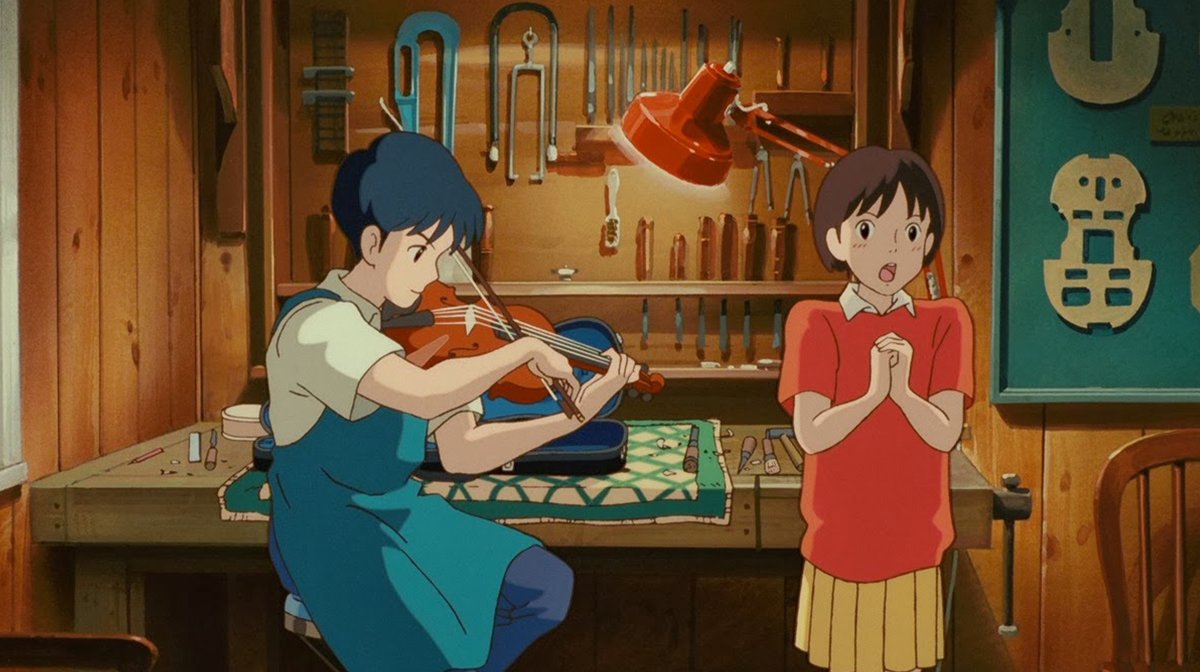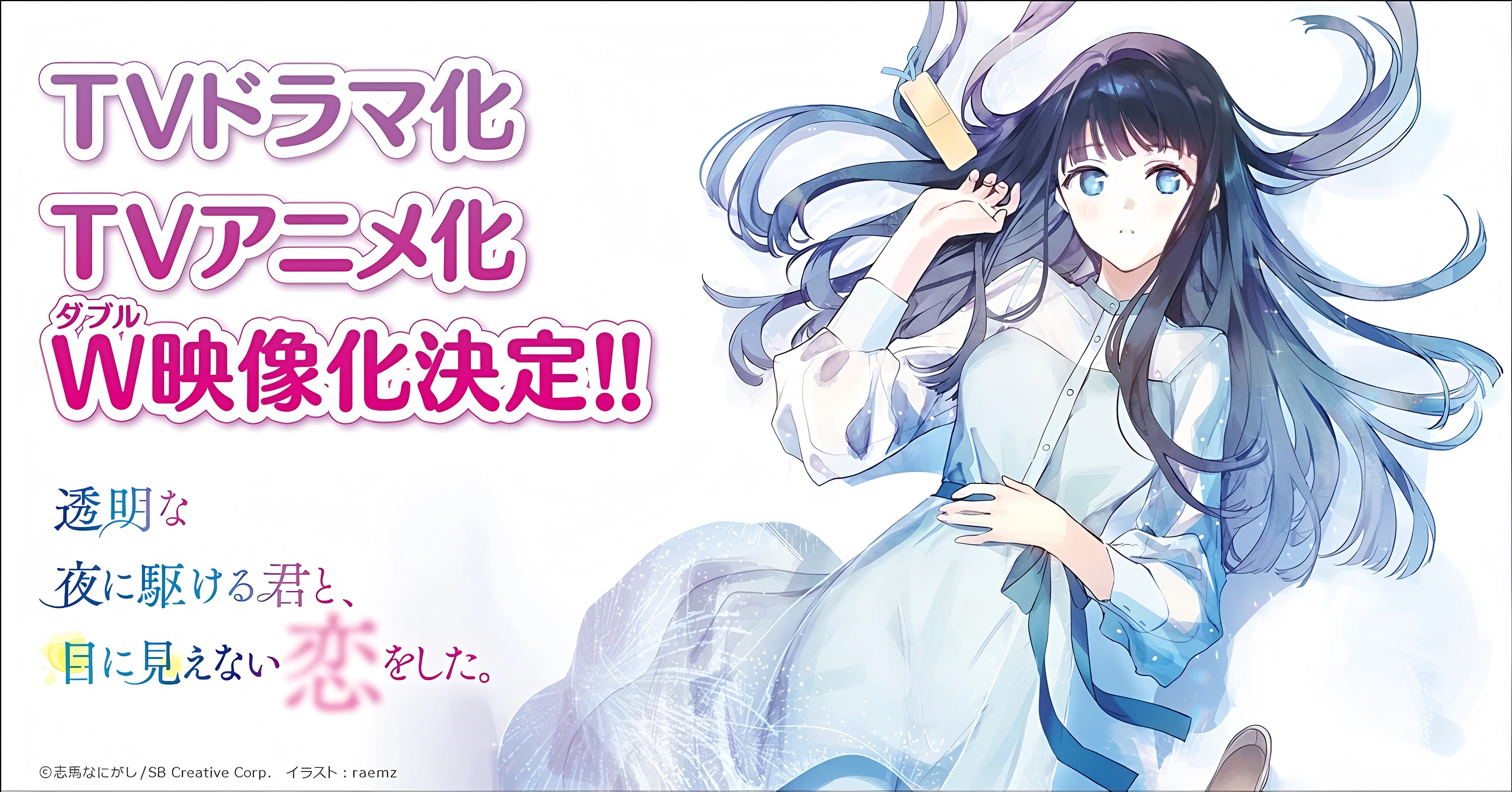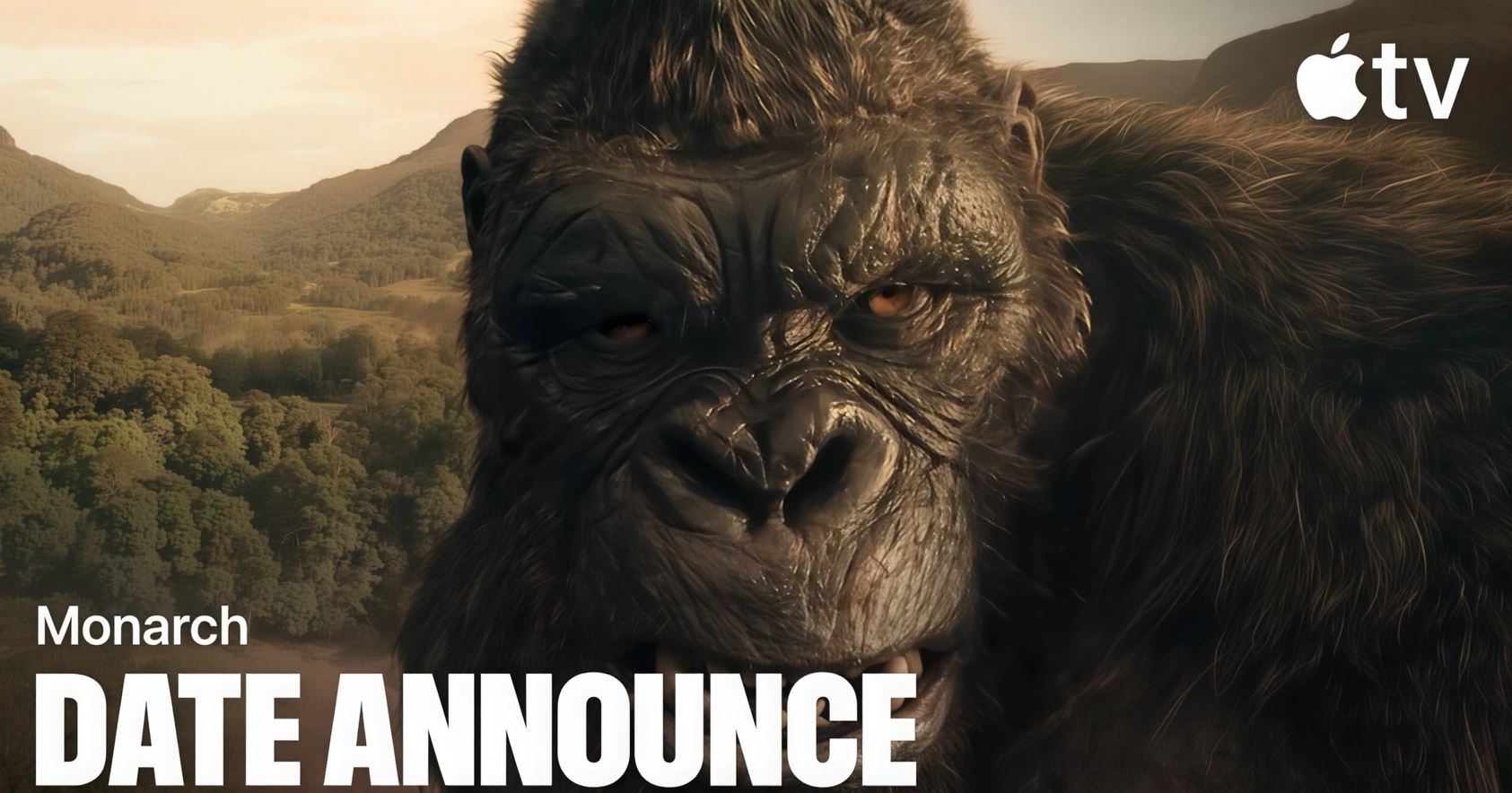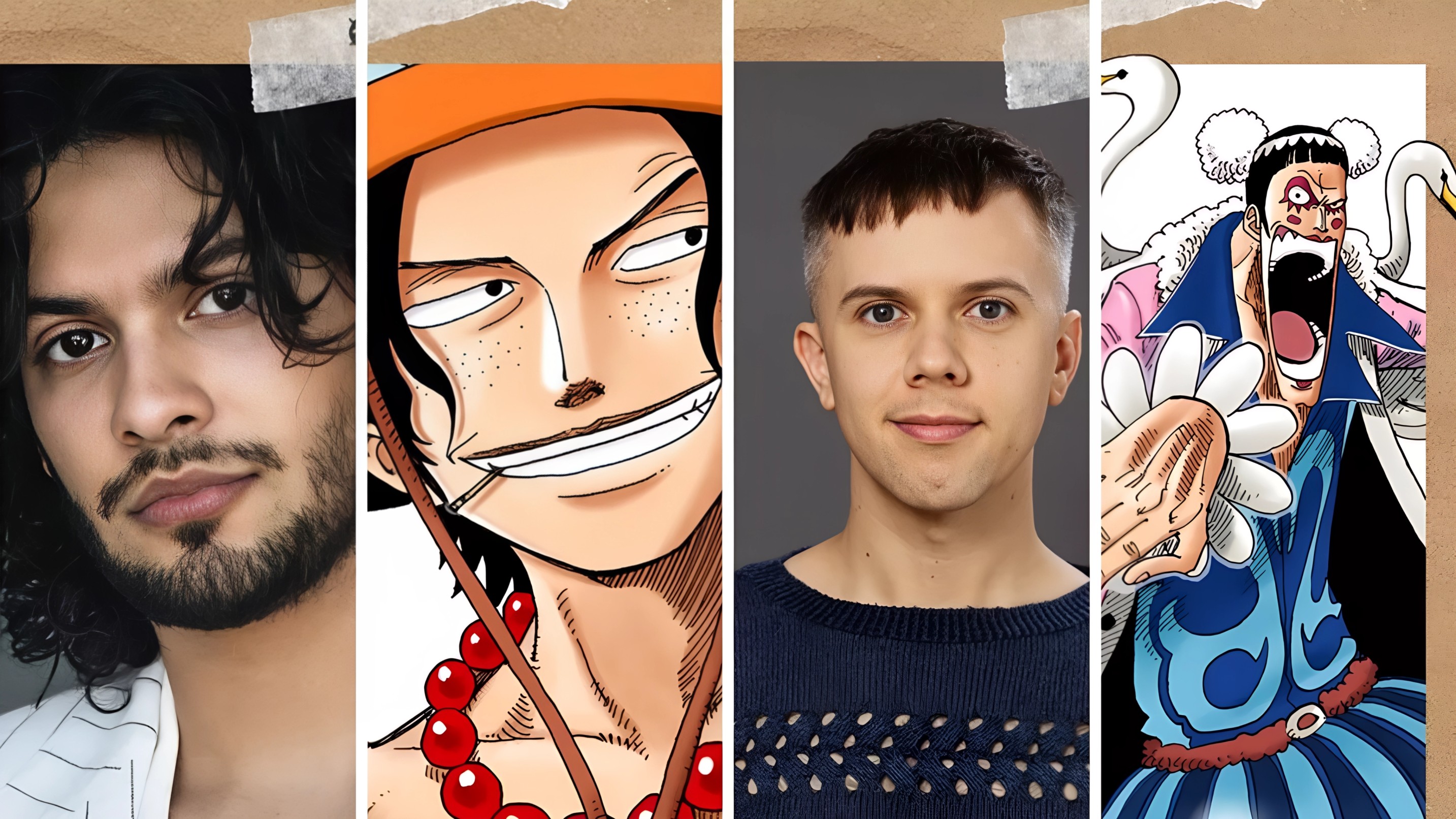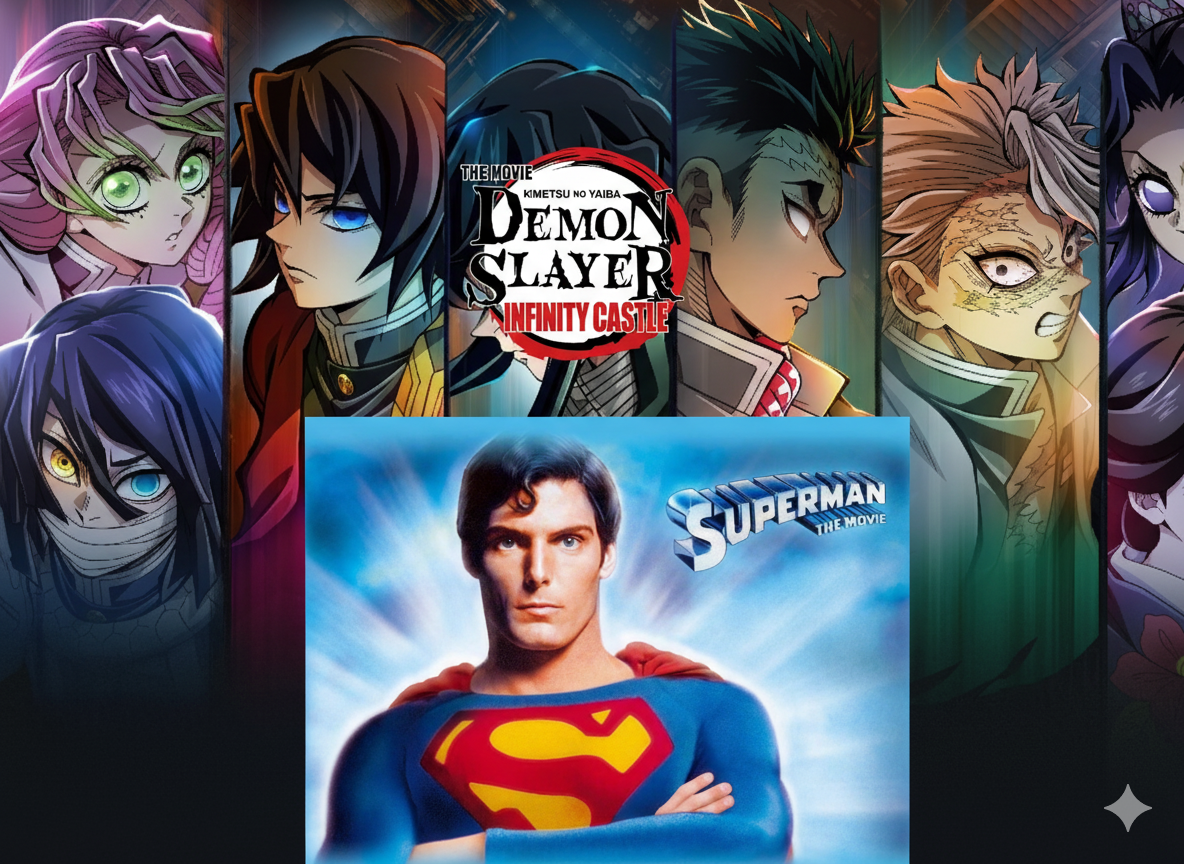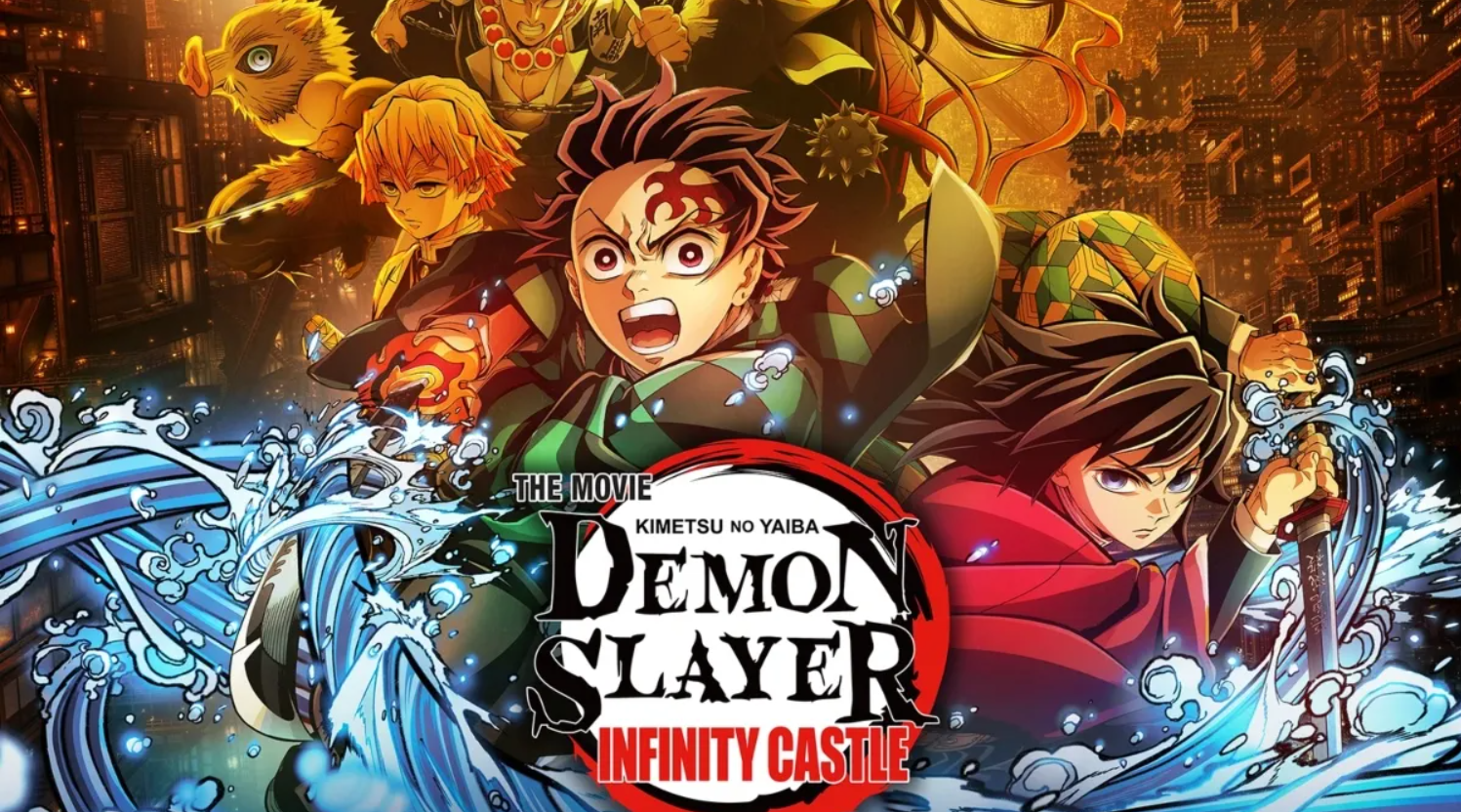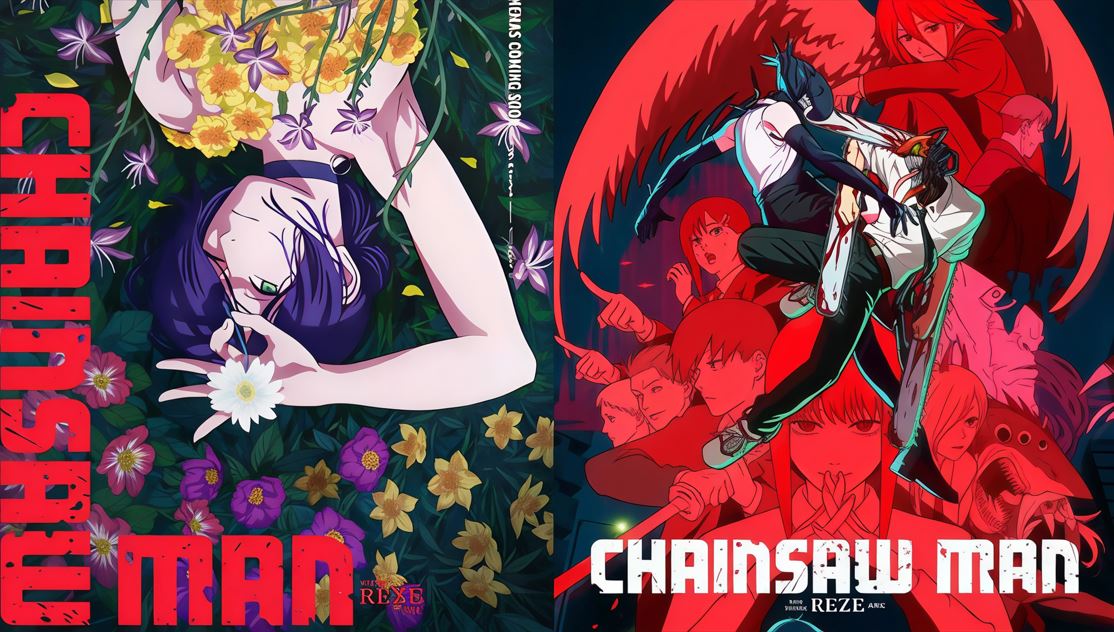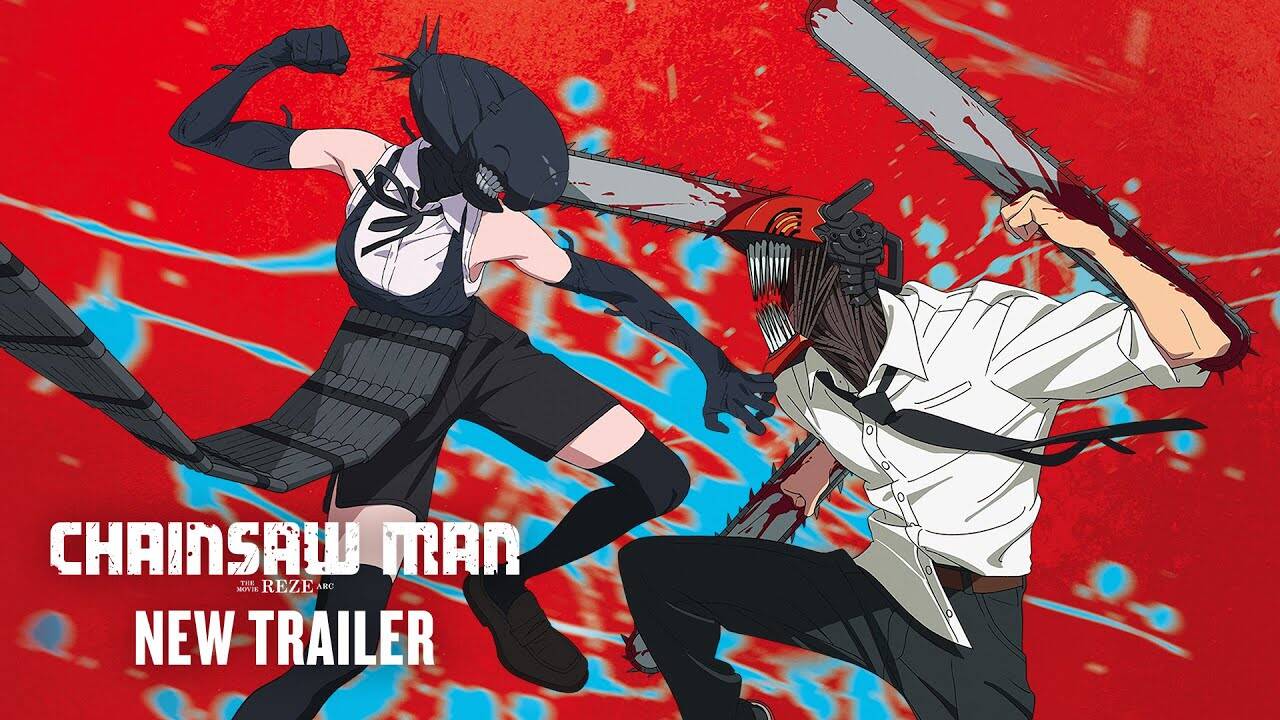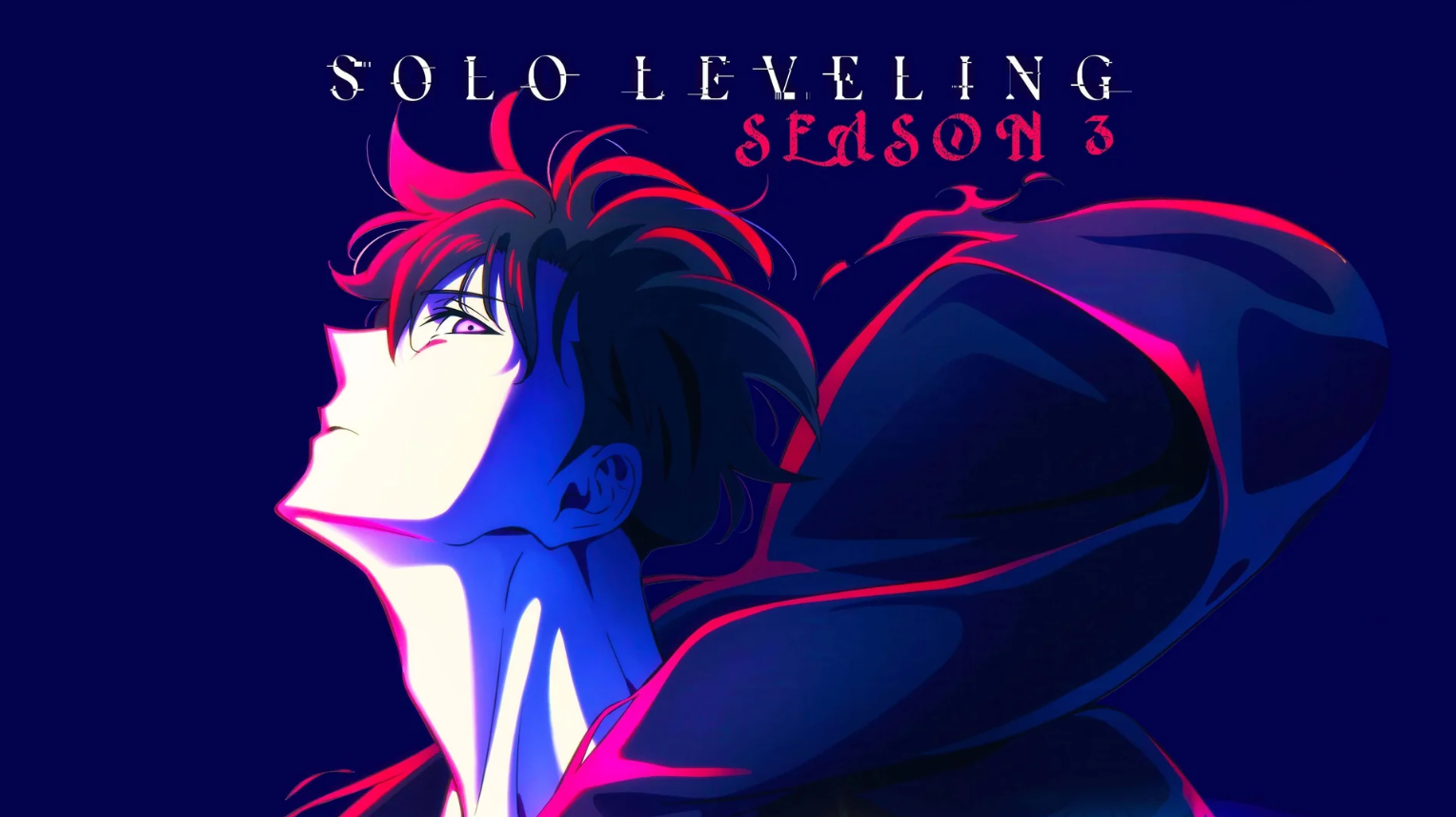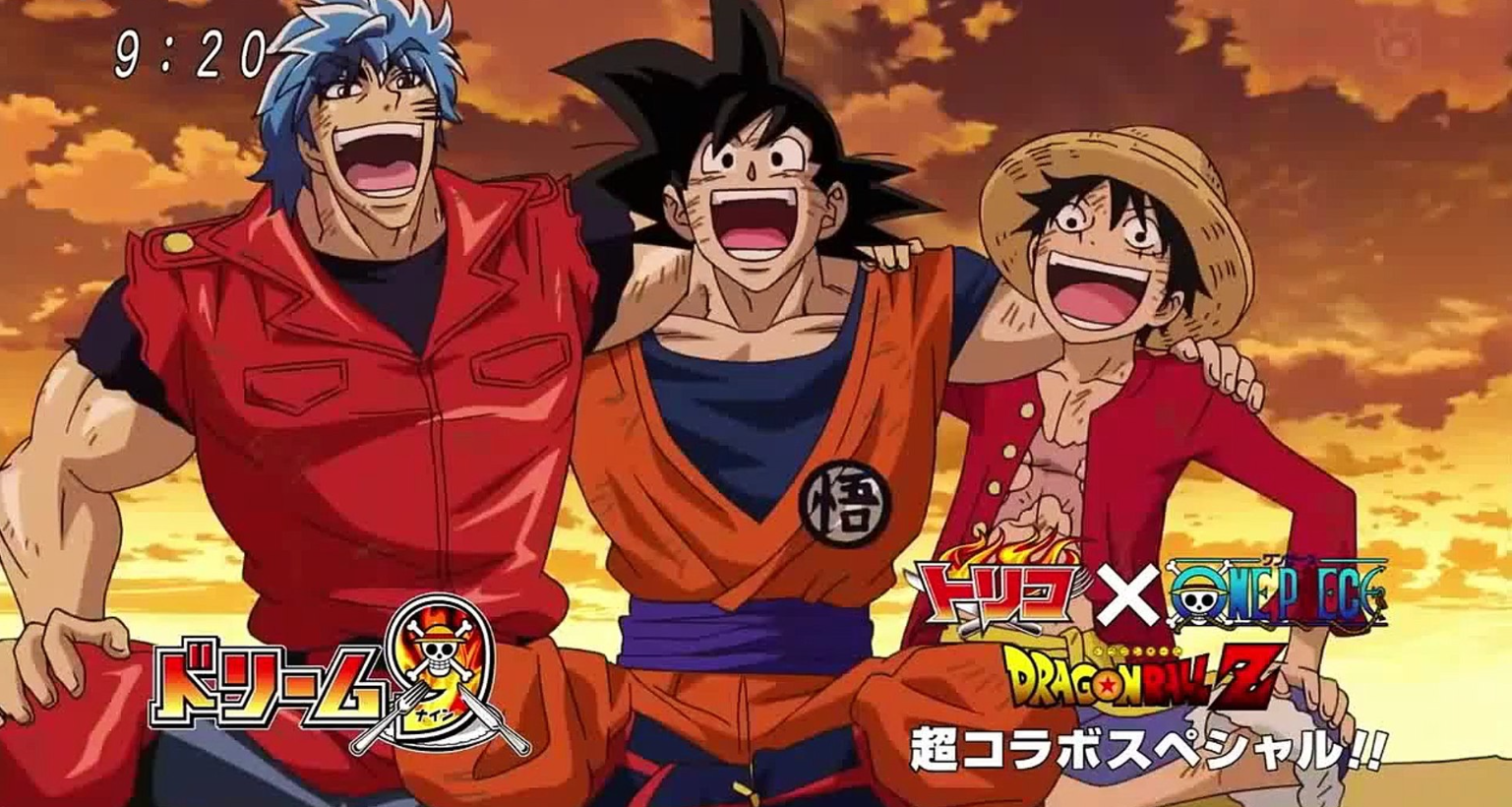Studio Ghibli has always been a name that evokes rich imagination, breathtaking visuals, and emotionally profound stories. Films like Spirited Away, My Neighbor Totoro, and Princess Mononoke have defined generations and introduced audiences across the world to the artistry of Japanese animation. But tucked inside that legendary catalogue is a film that never got its second act, a story that should have opened a new chapter for Ghibli but instead became a quiet farewell. That film is Whisper of the Heart.
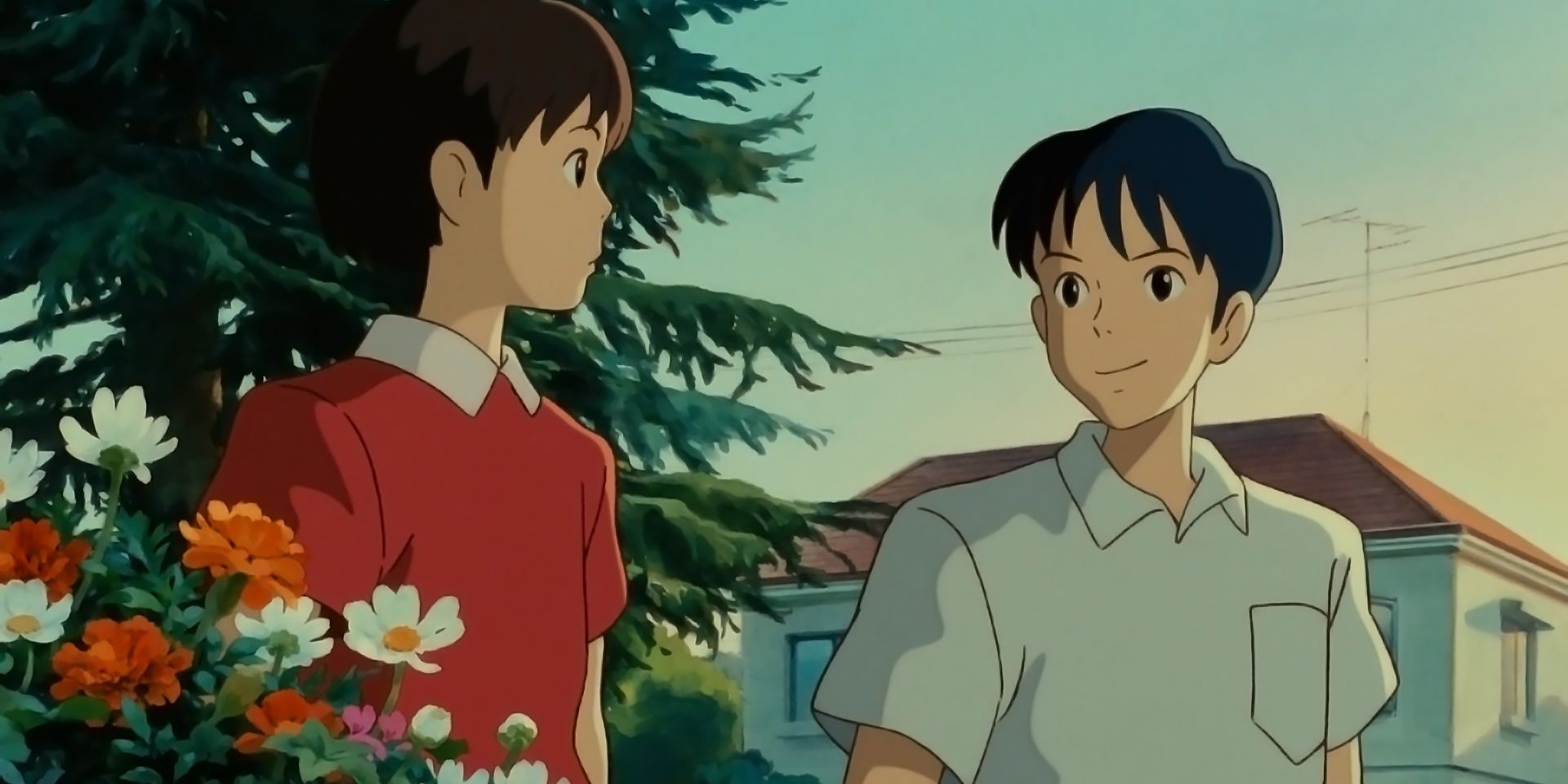
Released in 1995, Whisper of the Heart marked the directorial debut of Yoshifumi Kondo, a trusted collaborator of both Hayao Miyazaki and Isao Takahata. The film was born from a manga by Aoi Hiiragi and adapted by Miyazaki himself, who also handled the storyboarding. But it was Kondo’s hands that shaped the emotional resonance of the film, capturing adolescence with a sensitivity that felt distinct from anything Ghibli had done before. It was not filled with dragons or spirits. It was set in Tokyo’s suburbs. It was about books, music, self doubt, and ambition. It was grounded, relatable, and quietly powerful.
The story follows Shizuku, a book loving junior high school student whose curiosity leads her to Seiji, a boy training to become a violin maker. As their connection deepens, Shizuku is inspired to write her own story, setting her on a path of creative self discovery. Alongside her is the Baron, a cat figurine that becomes the protagonist of her fantasy. But the magic of Whisper of the Heart does not lie in otherworldly realms. It lives in libraries, train rides, late night writing sessions, and the trembling vulnerability of young dreams.
Kondo's mastery was not in spectacle but in subtlety. Every gesture in the film, every glance, every pause carries a lived in emotion. The now iconic duet of “Take Me Home, Country Roads” inside a violin workshop is not just a musical scene. It is a moment of pure human intimacy. Kondo knew how to make stillness feel alive. He knew how to tell a story without raising his voice.
Before this film, Kondo had worked on Grave of the Fireflies, Kiki’s Delivery Service, Only Yesterday, and Princess Mononoke, often serving as animation director or character designer. Miyazaki and Takahata had already viewed him as a natural successor, someone who could take the studio forward with a new perspective. There were whispers that Kondo would lead Ghibli’s next creative wave.
But just three years later, in January 1998, Yoshifumi Kondo died suddenly of an aortic aneurysm. He was only 47. The animation world lost not just a rising director but a new voice that might have shifted the very tone of Studio Ghibli. Miyazaki himself was deeply affected. Some believe this loss contributed to his temporary retirement later that same year.
The void Kondo left behind is not just artistic. It is personal. He could have brought more stories rooted in realism, stories of everyday wonder and internal struggle. Ghibli might have evolved into a trio of visionary directors, each with a different flavor. Instead, the studio continued to lean into its existing styles, and while the works that followed were still magical, one cannot help but imagine what might have been if Kondo had stayed.
Even after thirty years, Whisper of the Heart remains singular. It is a love letter to creative ambition, to teenage dreams, and to the beauty of doing something just because it matters to you. It never asks for attention. It earns it, softly.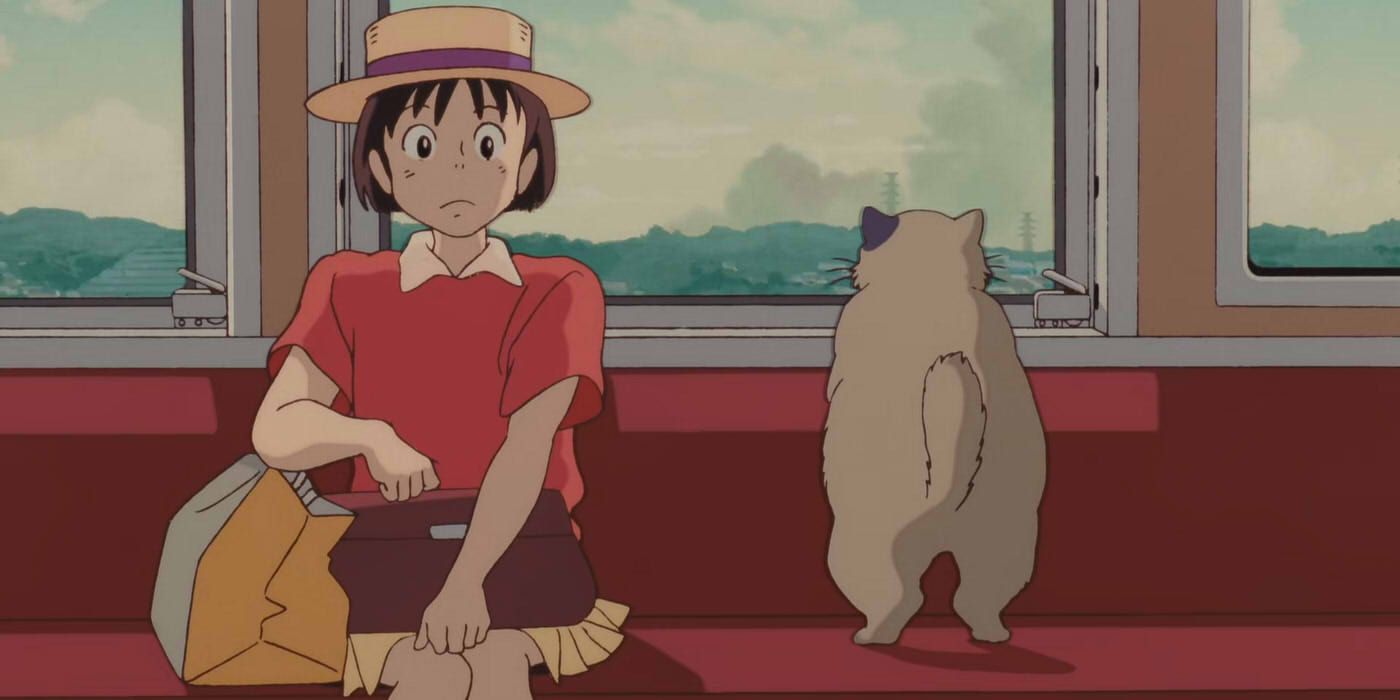
For many fans, it is the Ghibli film that hits the deepest. Not because of fantasy or spectacle, but because it sees them. Because it remembers what it feels like to believe in something quietly and fiercely, all at once.
Whisper of the Heart was never just another movie. It was a turning point that never turned. It deserves to be seen again, not just for what it was, but for what it promised and never got the chance to become.
Follow Anime Insider on Instagram and Facebook for more stories that go beyond the frame and into the soul of anime.



